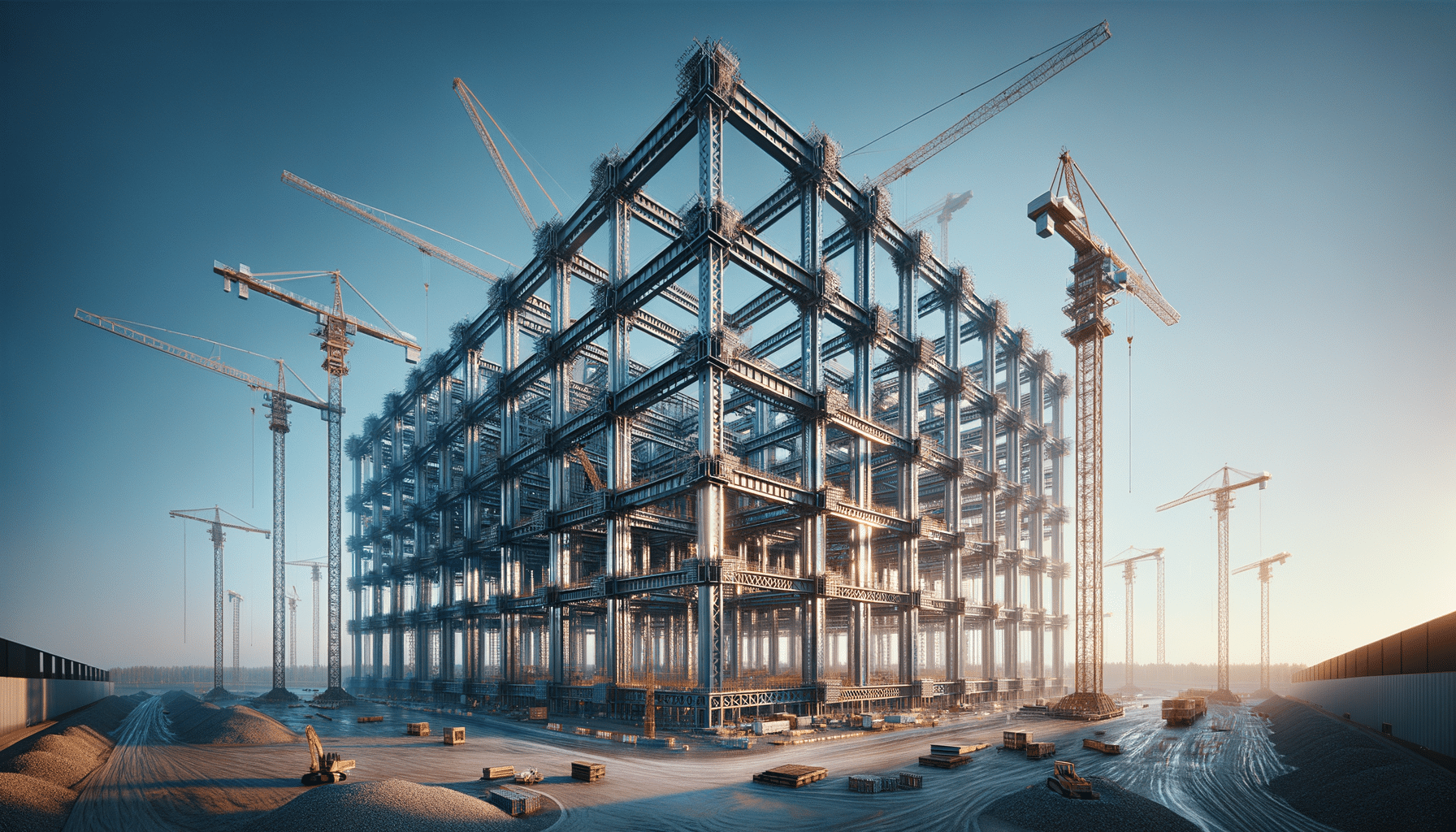
What is steel structure construction and how does it work
Introduction to Steel Structure Construction
Steel structure construction is a pivotal aspect of modern architecture and engineering, offering durability, flexibility, and sustainability. It involves the use of steel as the primary material for the framework of buildings, bridges, and other structures. This method has revolutionized the construction industry by enabling the creation of skyscrapers, expansive bridges, and complex industrial facilities. Understanding how steel structure construction works provides insight into its widespread application and the advantages it offers over traditional building materials.
The Basics of Steel Structure Construction
Steel structure construction begins with the design phase, where architects and engineers collaborate to create a blueprint that meets the specific needs of the project. Steel is chosen for its strength-to-weight ratio, which allows for taller and more stable structures with less material compared to concrete or wood. The design process involves detailed calculations to ensure that the structure can withstand various loads and stresses.
Once the design is finalized, the construction process involves fabricating steel components in a factory setting. These components include beams, columns, trusses, and girders, which are then transported to the construction site. The precision in prefabrication ensures that the components fit together seamlessly, reducing on-site labor and construction time.
- High strength and durability
- Flexibility in design
- Speed of construction
- Recyclability and sustainability
The assembly of the steel structure is akin to putting together a giant puzzle. Cranes are used to lift and position the steel components, which are then bolted or welded together. This method provides both flexibility and resilience, allowing the structure to absorb and dissipate energy during events like earthquakes or strong winds.
Advantages of Steel Structures
Steel structures offer numerous advantages that make them a preferred choice for many construction projects. One of the most significant benefits is their exceptional strength and durability. Steel can withstand harsh weather conditions and resist corrosion when properly treated, ensuring a long lifespan for the structure.
Another advantage is the flexibility in design. Steel’s strength allows for larger open spaces without the need for numerous supporting columns, making it ideal for commercial buildings and large venues. The material’s flexibility also means that it can be molded into various shapes and sizes to meet unique architectural requirements.
Furthermore, steel construction is known for its speed. The prefabrication of components off-site means that once they arrive at the construction site, the assembly process is quick. This efficiency can significantly reduce construction timelines, leading to cost savings and faster project completion.
In terms of sustainability, steel is a highly recyclable material. At the end of a building’s life, steel components can be dismantled and reused or melted down and reformed into new products, reducing waste and environmental impact.
Challenges in Steel Structure Construction
Despite its many advantages, steel structure construction also presents certain challenges. One of the primary concerns is the initial cost. Steel is generally more expensive than traditional building materials like wood or concrete, which can increase the upfront cost of a project. However, the long-term benefits often outweigh these initial expenses.
Another challenge is the need for specialized labor. Working with steel requires skilled workers who are familiar with welding, bolting, and the handling of large steel components. This need for expertise can increase labor costs and necessitate comprehensive training programs.
Additionally, steel structures can be susceptible to fire damage. While steel does not burn, it can lose strength at high temperatures. To mitigate this risk, fireproofing measures such as the application of fire-resistant coatings or the incorporation of fire-resistant materials are essential.
Lastly, the transportation and handling of large steel components require careful planning and logistics. The size and weight of steel beams and columns necessitate the use of specialized equipment and transportation methods, which can add complexity to the construction process.
Conclusion: The Future of Steel Structure Construction
Steel structure construction continues to be a cornerstone of modern engineering and architecture. Its benefits in terms of strength, flexibility, and sustainability make it an attractive option for a wide range of projects. As technology advances, we can expect to see further innovations in steel construction, such as the development of new alloys and improved fabrication techniques.
While challenges exist, the ongoing research and development in this field aim to address these issues, making steel construction even more efficient and cost-effective. For those involved in the construction industry, understanding the intricacies of steel structure construction is essential for leveraging its full potential.
Ultimately, steel structures represent not just a method of building but a vision of what is possible in the realm of architectural and engineering design. As we look to the future, steel will undoubtedly remain a key player in shaping skylines and infrastructures worldwide.


